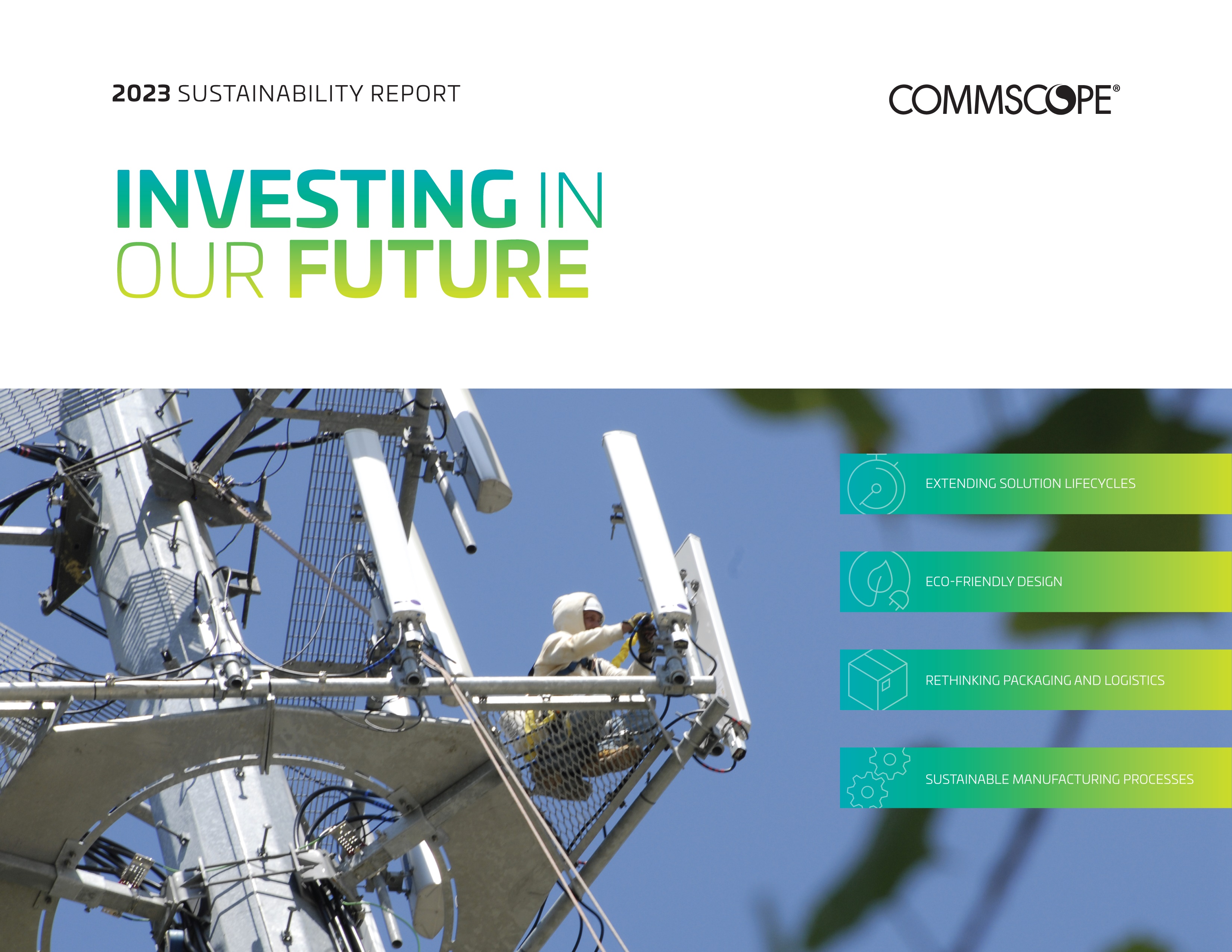Bridging the digital divide
It may be 2018, but millions of low-income American households with school-age children still don’t have access to a broadband internet connection. This preventable digital divide has created a “homework gap,” with students from low-income families often finding it difficult to complete their school assignments without a reliable and fast internet connection. Equipping school buses with Wi-Fi is one way to help students achieve digital equity and enable them to more easily complete their homework in a timely manner. As Keith Krueger, the CEO of Consortium for School Networking (CoSN) notes, Wi-Fi can be used to transform school buses into study halls. “This is today's civil right – ensuring that all students have access to equal educational opportunity in a digital world,” he says. Indeed, connected school buses will enable students to access their PowerSchool or other learning management system (LMS) – while on the road – to check grades and school assignments, read class bulletins and email their teachers. Students can also access Google Classroom (or Google Docs) to view, edit and download/upload homework. In addition to providing broadband during the commute to and from school, connected school buses can benefit students traveling to extracurricular activities, such as sports events. Because missed study hours are often made up at home after practice or games, a Wi-Fi-equipped bus can help students get to sleep on time. Since U.S. students spend approximately 520 million school days on buses each year, the idea of enabling connected school buses has caught the attention of numerous companies and organizations. For example, Google is working with educators to install Wi-Fi on buses across multiple school districts, including Caldwell County (North Carolina), Berkeley County (South Carolina) and the Deer Trail School District in Colorado. Ultimately, Google plans to provide service to 70 buses in 16 districts – primarily in rural areas where children often have long commutes and may lack high-speed broadband at home.
Benefits of the Wi-Fi-equipped school bus
Wi-Fi-equipped school buses can also help bolster passenger safety by transmitting real-time data from a range of smart cameras, sensors and GPS units. According to Curbed, a number of school districts have begun embracing various forms of connected technology on buses, such as GPS units in Boston and RFID-enabled badges attached to student backpacks in Cincinnati. Nevertheless, Jennifer O’Neal Schiess, a principal at Bellwether Education Partners, emphasizes that in an era of Tesla and Uber, school bus technology has barely budged forward, with only a third of school districts tracking their vehicles using GPS. Moreover, Mega Bus and other touring coaches routinely offer free Wi-Fi for multiple devices, along with air conditioning and power plugs. It is clearly time for school buses to do the same. “Innovation that’s permeated the transportation world hasn’t [yet] permeated the educational world,” says Schiess. In addition to helping to improve passenger security, parked smart school buses can double as mobile Wi-Fi hotspots – offering underserved communities reliable broadband access when the vehicle is not being used to transport students. Similarly, Wi-Fi on smart school buses can be used at local parks, or off-campus school-sponsored events such as fund-raising events in parking lots and community cultural events in open areas.
Creating rolling classrooms with the Ruckus M510 Access Point (AP)
Whether in the classroom or a rolling study hall, we believe a reliable wireless network that scales to accommodate an evolving digital learning environment is the cornerstone of a solid educational foundation. This is precisely why the Ruckus M510 Access Point (AP) is designed to provide mobile Wi-Fi with LTE backhaul, thereby enabling expanded coverage and redundancy for students on smart school buses in rural areas. The Ruckus M510 AP also features 802.11ac Wave 2 with BeamFlex+ antennas – and supports 2x2:2 spatial streams along with MU-MIMO. This allows the M510 to deliver high coverage efficiency and sustained downlink throughput of up to 150 Mbps (when using the LTE backhaul). Moreover, the M510 AP can be centrally managed with other Ruckus APs, thereby simplifying operations and eliminating the need for a separate mobile hotspot management system. Interested in learning more about how you can help bridge the digital divide by transforming school buses into rolling classrooms? You can read about the Ruckus M510 mobile access point and see the M510 at the ISTE 2018 Ruckus booth (#2332), from June 25-27.














